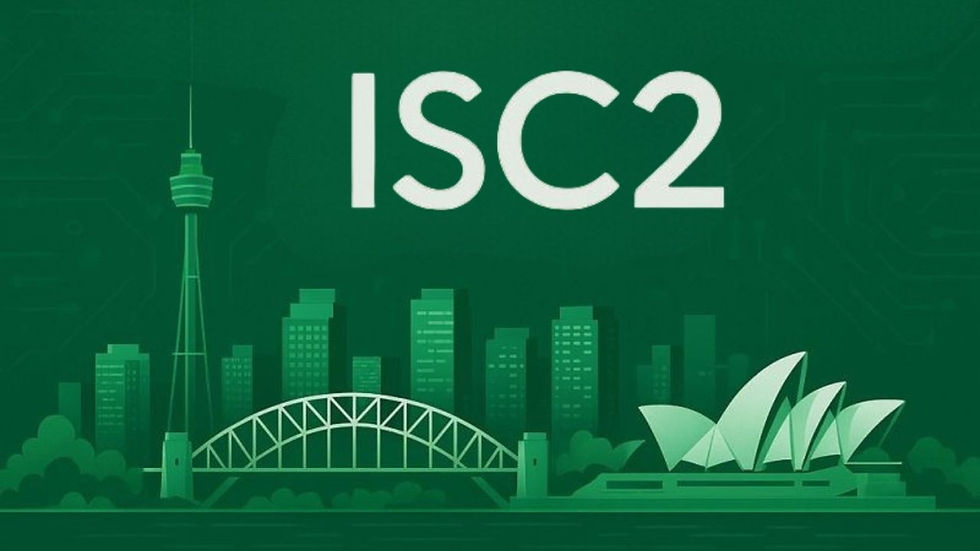Canada’s AI Adoption Paradox: Bridging Research & Commercialization with Christoph Buchmann
- Juan Allan
- Jul 28
- 3 min read
Christoph Buchmann on AI adoption gaps in North America: Balancing ethical frameworks, talent strengths, and regulatory landscapes to scale AI in risk management and logistics

Canada's cautious AI adoption stems not from technological gaps, but from a misalignment between conservative industry mindsets and transformative risk-reward opportunities, a challenge Christoph Buchmann navigates by bridging pragmatic risk frameworks with scalable digitalization.
As Co-Founder & Managing Director at iAutomate, Christoph combines his results-oriented experience as entrepreneur with a proven track record in driving warehouse automation and intralogistics solutions. With Canada lagging in AI adoption despite world-class research, Buchmann's insights reveal how ethical guardrails and strategic partnerships can turn inertia into competitive advantage.
How do the AI adoption trends in the US and Canada differ, and what unique challenges or opportunities do these markets present for a company like IAutomate in scaling its AI-driven software solutions?
AI adoption in the US is largely enterprise-driven, with rapid deployment in logistics, retail, and manufacturing, often prioritising ROI and speed. Canada, by contrast, has taken a more research-oriented and policy-conscious approach, with strong government support for ethical AI and academic partnerships.
For IAutomate, this presents two complementary opportunities:
In the US, we scale AI solutions faster with early adopters and innovation-focused partners.
In Canada, we can refine and validate our models with top-tier research institutions and benefit from structured pilot environments.
The challenge lies in tailoring messaging and implementation—American clients demand immediate business impact, while Canadian counterparts often look for long-term strategic alignment and ethical compliance.
What role do government regulations and policies play in shaping AI development in Canada and the US, and how does IAutomate navigate these regulations to ensure compliance and drive growth?
In the US, AI regulation is still fragmented and sector-specific, whereas Canada is emerging as a global leader in AI policy, with a clear focus on transparency and responsible innovation.
What are the specific AI-driven trends and needs in the North American market that IAutomate sees as potential growth drivers, particularly in industries like healthcare, finance, and manufacturing?
IAutomate sees strong AI growth potential across several sectors:
Manufacturing & Logistics: High demand for solution configurator tools, predictive maintenance, dynamic slotting, demand forecasting, and autonomous material flow orchestration.
Healthcare & Pharma: AI-driven inventory control, temperature-sensitive storage logistics, and process automation in hospital warehouses.
Finance (indirectly): Improved auditability and traceability of AI decisions in material flows aligns with compliance-driven sectors.
North American firms are moving from experimentation to scalable AI deployment, especially where labour shortages, energy costs, and sustainability targets intersect.
How can IAutomate leverage the unique strengths of both Canadian and US talent pools—such as Canada’s focus on AI research and the US's enterprise-driven innovation—to enhance its AI capabilities and expand its market reach?
Canada offers exceptional depth in fundamental AI research, thanks to institutions like MILA and Vector Institute. The US excels in commercialisation and productisation, with top-tier engineering talent and go-to-market expertise.
What partnerships or collaborations in the US and Canada could help accelerate IAutomate's presence in the AI industry, and how does the company view the role of industry alliances in driving AI adoption?
IAutomate sees high value in ecosystem collaboration, especially through:
Industry alliances like MHI, RILA, and SCALE.AI, which offer market access, co-funding opportunities, and pilot networks.
Partnerships with integrators and automation OEMs to embed our AI stack into existing hardware platforms.
University collaborations (e.g. University of Toronto, Georgia Tech) to strengthen our talent pipeline and validate research.
Such alliances not only help de-risk adoption for customers but also allow us to scale faster by leveraging established networks and credibility.



Dating in Quebec
Finding Romance In Manitoba
Discover Dating In Nova Scotia
Explore Dating In Alberta
Newfoundland Singles
Discover Dating In Nunavut
Meet Love in Nova Scotia
Embrace Romance In PEI